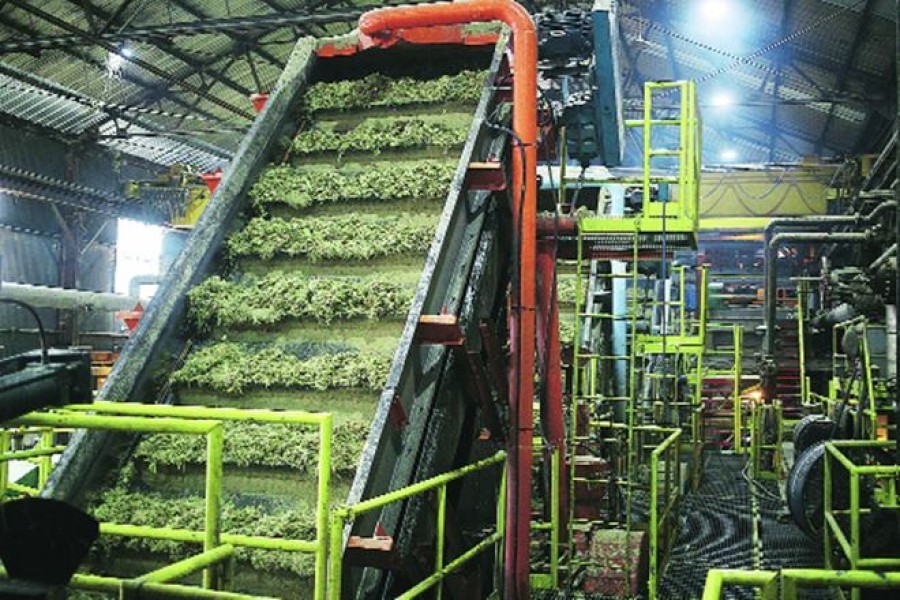
Published :
Updated :

Loss making sugar mills continue to be a burden on the government for long. Attempts to reenergise them by way of increased productivity and profitability have not produced any worthwhile result till now. In fact, the government's efforts in this direction are also questionable as whatever isolated moves were taken did not actually target any major improvement in the overall performance of the state-run sugar mills. Like most other state-run entities burdened with loss, wastefulness and inefficiency, the sugar mills have also earned the white elephant tag, requiring hefty funds from the government exchequer every year to pay for their mounting losses. The very recent move to pump in sufficient funds for refurbishing the mills with choices of newer technology is believed to be an earnest effort on the part of the government to fix up these mills in a comprehensive manner.
The government is set to spend more than Tk 8.0 billion to make such mills more productive and return-worthy. This is going to be the highest ever investment by the state in sugar mills since the country's independence in 1971. At present, Bangladesh can meet about 5.0 per cent of its annual demand for sugar through domestic production. It has to spend more than Tk 50.0 billion a year to import sugar to meet the annual domestic requirement of over Tk 2.0 million tonnes, according to estimates. The Bangladesh Sugar and Food Industries Corporation (BSFIC), which is supposed to keep the domestic sugar price stable, has the capacity to produce only two hundred thousand tonnes of sugar a year. But dearth of supply of sugarcane has become a major problem in running the mills to full capacity.
Under the recent plan, the government is going to establish cogeneration plants, sugar refineries, bio-gas and bio-fertiliser plants for sugar mills. The plan also includes installation of modern machinery to produce additional quantities of sugar through sugar beet as well as machinery to refine sugar. As a result, the present state of the mills, many of which are in a run-down condition, is likely to experience a major revamp. One of the key issues that should have been looked into long back is that with only three-four months of productive operation, the sugar mills cannot be expected to avoid loss. Another issue that goes hand in hand is that increasing productivity is dependent on sugar cane harvest. Thus the choice is to diversify production. Experts hold that in the context of Bangladesh, only sugar production cannot make a mill viable. Proper utilisation of by-products of sugar should be explored to make these mills profitable. The 16 sugar mills, except Carew and Company Bangladesh Ltd., which are under BSFIC, have been mainly producing sugar. Carew and Company, located in Chuadanga, is the biggest sugar mill and profitable as it produces not only sugar but also spirits from sugarcane.
Running the sugar mills profitably is very crucial, perhaps even more than domestic market intervention, as around half a million sugarcane farmers depend solely on these mills for their livelihood. Thus sustaining these mills is equally important for ensuring the wellbeing of a large number of people dependent on them. This can only be achieved by running these mills efficiently and innovatively, also taking into account the inherent lacunas not addressed for decades.


 For all latest news, follow The Financial Express Google News channel.
For all latest news, follow The Financial Express Google News channel.